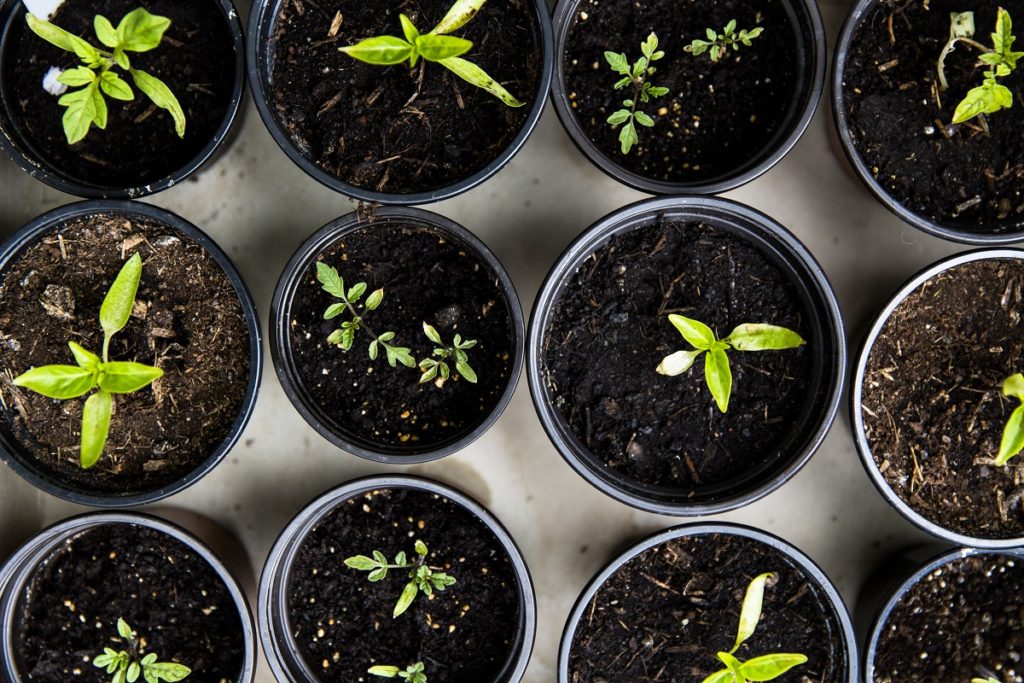Gardening is no longer just the hobby of seniors. More young people are willing to get their hands dirty and plant. Even if you do not think you have a green thumb, do not worry. Gardening is quite easy to learn. Follow these helpful tips below and you will be growing your own fruits, vegetables, or flowers in no time.
How is the Soil
Not every surface is ideal for growing vegetation. If you want to see produce or blooms, you have to know the quality of soil that you have in your backyard. The pH level and the nutrients it contains will significantly affect the health of your plants.
To check the pH level of your soil, you can get testing kits from gardening centers and your local cooperative offices. Better yet, contact a gardener in the area.
Examine the texture of the soil, too. Ideally, you want soil that is easy to shovel and will crumble in your hands. If it is too hard, your plants may not thrive. You can get top soil for your backyard so you can transform the space into a garden.
Another tip: Pick a spot in your garden that is flat. It will be more difficult, and likely, more expensive to plant in a slope.
Start with Plants for Beginners
You cannot be an expert overnight. Even in gardening, there is a learning curve. To avoid making mistakes that might discourage you, go for plants that are a lot more resilient and are easy to care for.
Vegetables are great for first-timers. They do not take too much time to grow. You would not have to wait months and months to see progress. Even if you make a mistake, you can easily start over.
Sunflower is beginner-friendly, too! Read the instructions on the seed packets.
Before you begin, it is best to study which plants would survive in your area. Unfortunately, not all plants will grow wherever there is soil. There are other factors to consider such as the amount of sun or rain you get and the weather.
Ask a local gardener or someone at the garden center about native plants. Since they have adapted to the climate, native plants require less maintenance.
Give Each Plant Space
In the beginning, your garden will look empty. However, your plants will eventually grow and fill the space around them. So, remember not to crowd each plant. Give them ample room to stretch their leaves.
You should have an idea of how big and how tall the plants you choose will grow. Again, you will gain a lot of knowledge by talking to a local gardener.
When to Water

Seedlings should never be left to dry. It is essential to water them every single day. When the plants start to grow bigger, that is when you can make adjustments.
How frequently you need to water your plant depends on the type of plants, the humidity in your area, the quality of the soil, and the weather. Once a week is good enough for most plants. However, during the summer, the soil may dry out much quicker. You may have to water your plants more often.
A good trick is to feel the soil. If it feels dry around three to four inches below the surface, it needs watering.
The best way to care for your garden is to pay attention to it. It needs ongoing work for your plants to thrive. Be patient. Eventually, you will be rewarded with fresh produce and blooming flowers.

